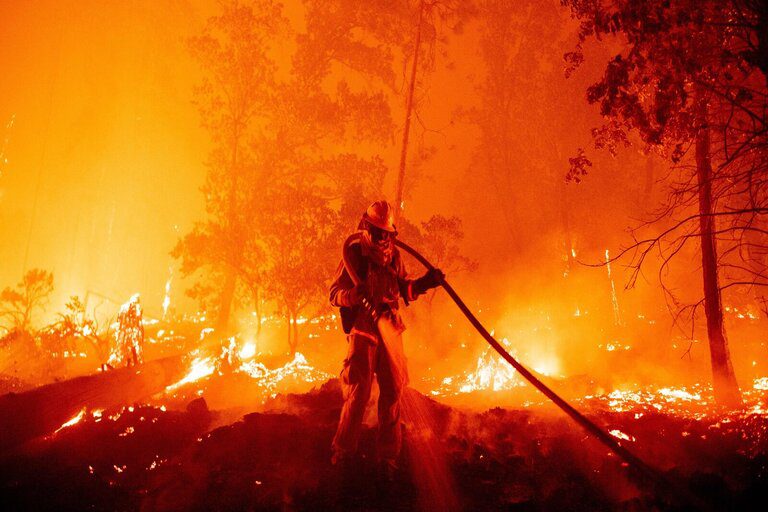
What Is The Main Cause Of California Wildfires
Climate Challenge welcomes you to explore the main causes behind California’s recurring wildfires, which have become a pressing environmental and social issue in recent years.
California’s wildfires are frequent and intense, posing significant challenges for residents, firefighters and policymakers. Understanding the root causes of these destructive fires is important in order to develop effective prevention and management strategies.
Understanding the Factors Behind California Wildfires:
California, known for its diverse landscapes and Mediterranean climate, is also prone to wildfires, especially during the dry season. Understanding what drives these fires is crucial for effective prevention and mitigation strategies.
Factors Contributing to California Wildfires:
California’s unique combination of climate, vegetation, and human activity creates the perfect storm for wildfires.
Climate and Weather Conditions:
Characterized by hot, dry summers and mild, cool winters, California’s Mediterranean climate creates wildfires and prolonged droughts exacerbate dry vegetation, making it more vulnerable to burn up.
Vegetation and Fuel:
From dense forests to chaparral grasslands, California’s diverse landscapes provide an abundance of fuel for wildfires. In the dry season, vegetation is tinder-dry, allowing fire to spread rapidly over large areas.
Human Activities and Ignition Sources:
Human activity plays a major role in wildfires. Activities such as fires, throwing cigarettes, operating appliances, and even faulty power lines can cause fires, especially in high-risk areas.Human activity plays a major role in wildfires. Activities such as fires, throwing cigarettes, operating appliances, and even faulty power lines can cause fires, especially in high-risk areas.
Natural Causes: Lightning Strikes:
While rare as man-made fires, lightning strikes during dry thunderstorms can ignite wildfires, especially in remote and remote areas where firefighting efforts are more difficult
Wind Patterns and Fire Behavior:
California geography and wind systems such as the Santa Ana winds in Southern California contribute to the rapid and erratic spread of wildfires Strong winds can quickly ignite flames, spread flames and ignite new fires.
Urbanization and the Wildland-Urban Interface:
The extension of residential areas into wilderness areas known as the Wildland-Urban Interface (WUI) increases the risk of wildfires to homes and neighborhoods Homes in these areas must use fire-resistant building materials does not burn and uses plant procedures.
Impact of Climate Change:
Climate change is increasing the risk of wildfires in California. Higher temperatures, longer droughts and changing rainfall patterns are contributing to drier conditions and longer wildfire seasons, increasing fire frequency and severity
Fire Prevention and Mitigation Strategies:
Effective wildfire management requires a multi-faceted approach:
Public Education: Educating community members about fire prevention, evacuation procedures and the importance of buffer zones around homes.
Vegetation Management: Reducing fuel supply to wildfires by removing vegetation from houses and building firebreaks.
Fire Fighting Techniques: Enhancement of firefighting capabilities with aerial equipment, specialized equipment and trained personnel.
Policies and Regulations: Implement policies on land use planning, building code practices, and fire safety practices to reduce wildfire risk.
Community Engagement and Preparedness:
Engaging communities in wildfire preparedness efforts is essential. Community involvement in planning, early detection, and evacuation planning can save lives and reduce property damage during wildfire events.
California wildfires are a complex issue influenced by climate, vegetation types, human activity, and natural factors. Addressing wildfire risks requires concerted efforts by government officials, communities, and stakeholders to implement proactive measures that increase resilience and reduce wildfires influence is used.